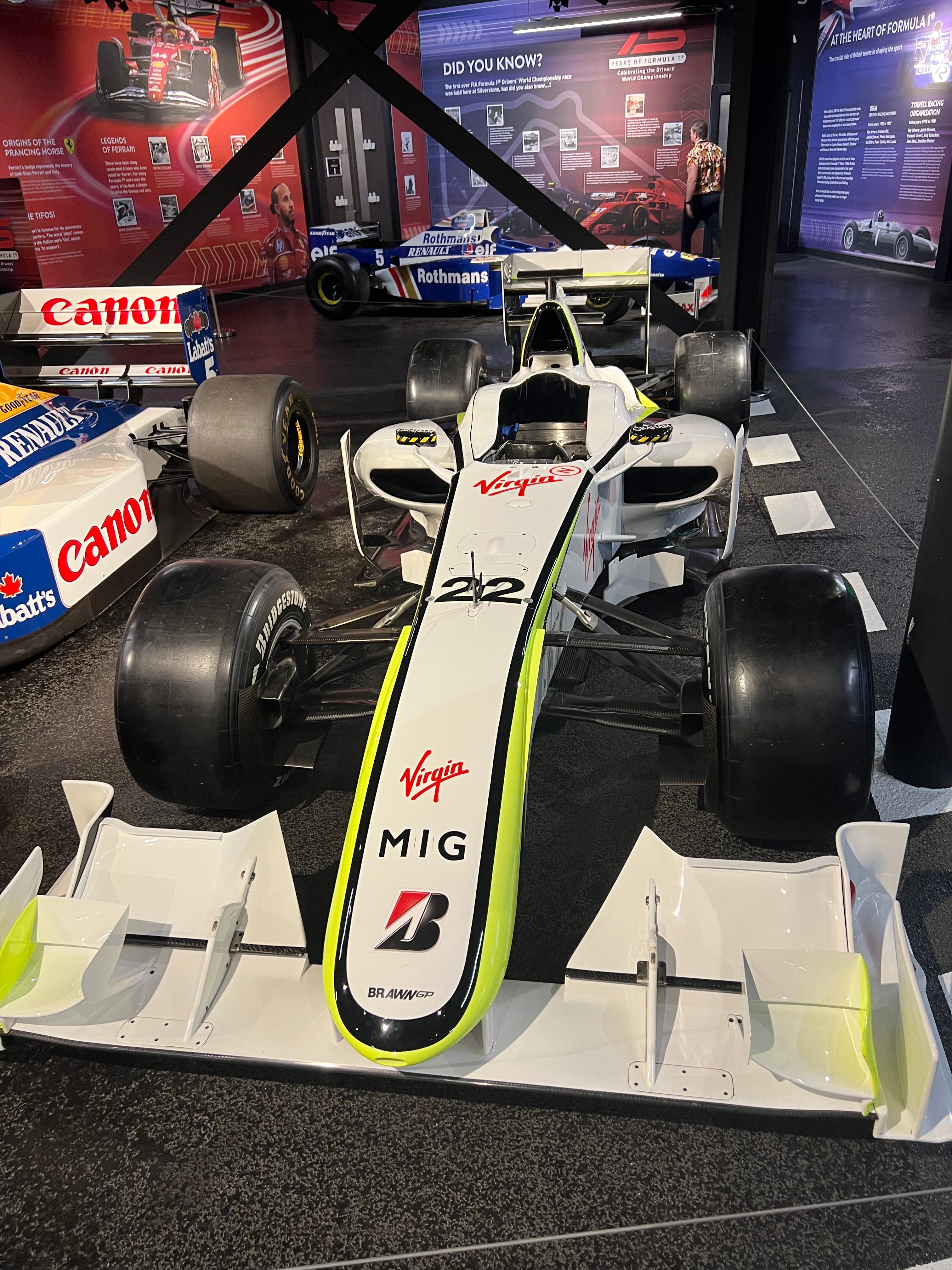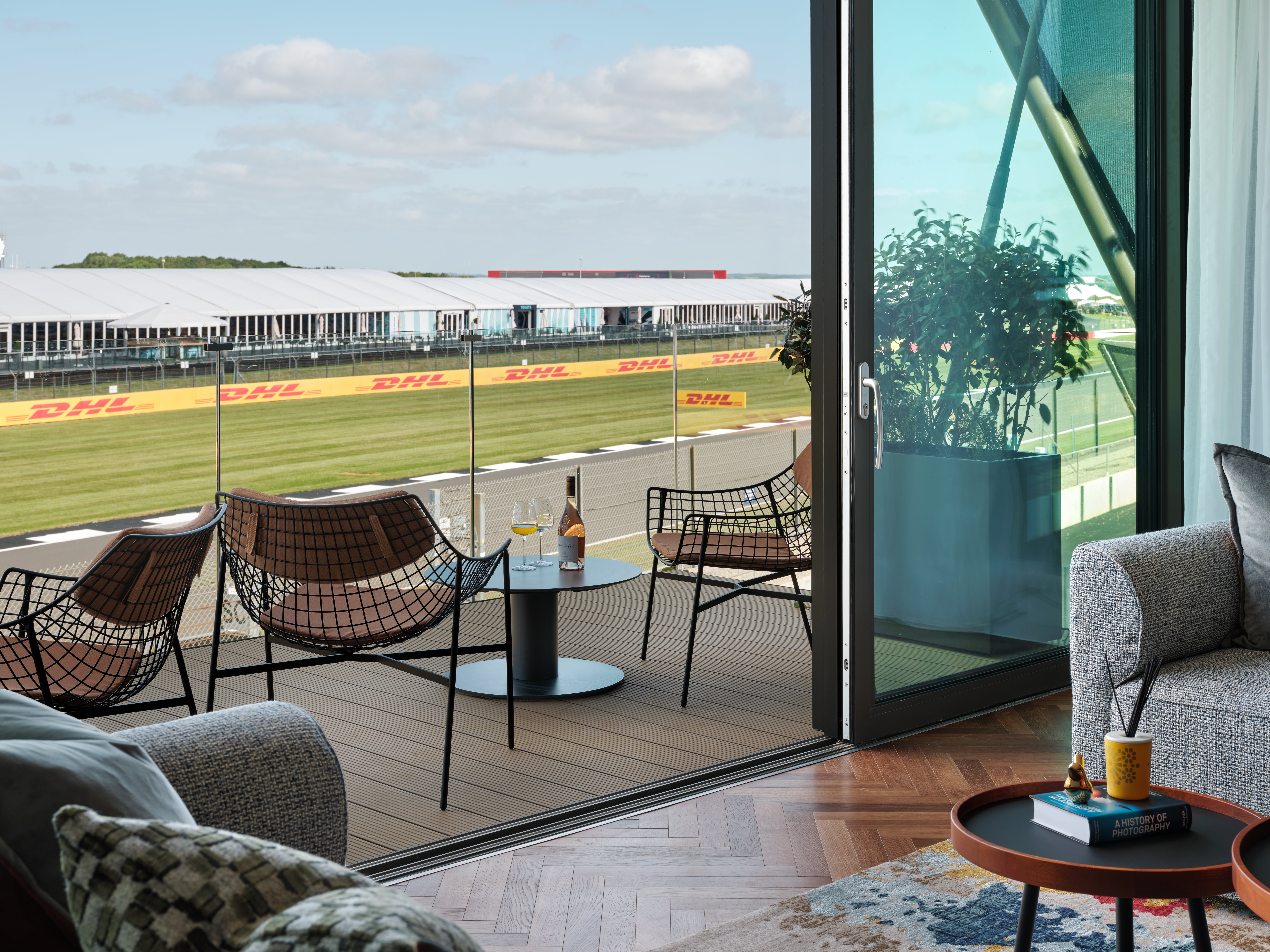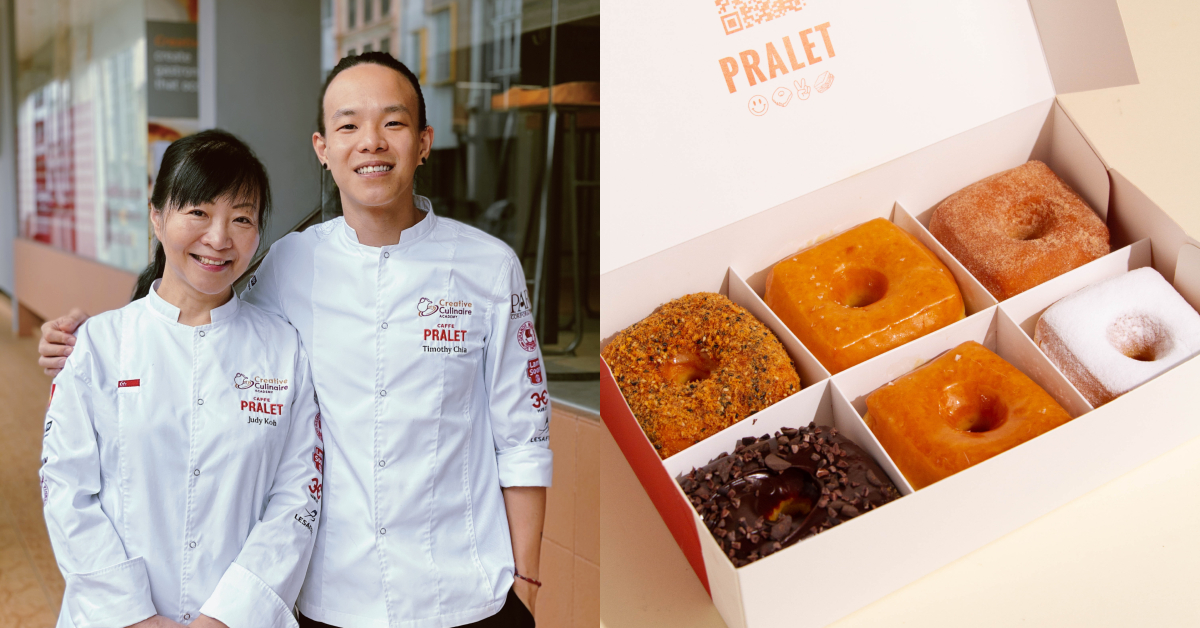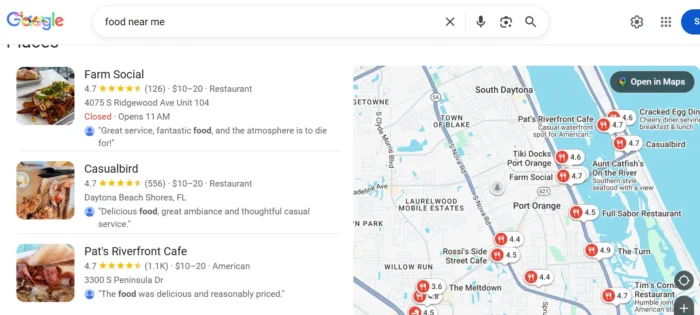How Silverstone became a year-round destination for F1 fans
As F1 marks 75 years of the world drivers’ championship, Michael Owens visits the iconic track where it all began

When Giuseppe Farina’s Alfa Romeo passed the chequered flag after 70 laps of Silverstone track in 1950, watched by 120,000 fans and royalty including King George VI, he marked the beginning of an era for Formula 1 – the first ever race in the world drivers’ championship.
When Lewis Hamilton, Max Verstappen and the rest of F1 descend on the track – which straddles the border of Northamptonshire and Buckinghamshire – for the British Grand Prix next month, the sport will be barely recognisable from that first race. The mix of speed and glamour – as well as the popularity of Netflix’s Drive to Survive – mean the sport is now worth billions of pounds, with its stars at the centre of a 24/7 media circus.
And the track, too, is a world away from the hay bale-lined former RAF airfield that hosted that first race, now the true home of British motorsport – and a destination for petrolheads in its own right.
Formula 1 descends on Silverstone for just one weekend a year, bringing with it almost half a million fans and, these days, a music festival to entertain campers away from the track. But developments at Silverstone mean it is a buzz of activity year-round, from a £20m museum to a new hotel, complete with rooms overlooking the track itself.

I start the day at the Silverstone Museum, which this summer is marking 75 years of F1. Visitors are held in a “starting grid” before being let loose on the exhibition, which brings together F1 cars from across the decades, including those of British champions Nigel Mansell and Damon Hill, and the Brawn GP in which Jenson Button won the 2009 world drivers’ championship.
Downstairs, the museum has its own simulator so visitors can try their hand at taking an F1 car around the famous track, feedback vibrating through the seat if you’re unfortunate enough to misjudge a corner and end up in the gravel.
For those who want a more authentic driving experience, complete with the pit lane and the smell of petrol, the circuit offers a number of driving experiences, from being driven by a professional to trying out a single-seater yourself, and even taking your own car on track.

I’m taken around the National Circuit, a 1.6-mile circuit including some of the most famous sections of the full Grand Prix track, leaving the pits to go around the corners of Copse and Maggots before hitting throttle along the Wellington Straight then turning into Brooklands, Luffield and Woodcote.
While I strain against the G-forces as we turn in an Aston Martin Vantage, I’m reminded that F1 drivers would be doing the same corners at close to 100mph more. On the Wellington Straight, an F1 driver will be almost at 200mph.

To unwind from the breakneck speeds of the track, I check in to Escapade Silverstone, a new hotel with 60 residences alongside the track, which have up to four bedrooms. I’m staying in one of the trackside apartments, with entry through its own garage (naturally) with EV charging point. The second-floor rooms have an open-plan kitchen and lounge that open out on to a balcony overlooking Maggots corner.
A few minutes’ walk down the track (or a fraction of a second in Lewis Hamilton’s Ferrari), the hotel’s restaurant and bar The Gallery has a rooftop terrace that gives panoramic views across the circuit as the sun sets over the Northamptonshire countryside. There is also a pool and gym, as well as wellness treatments based on those given to professional racing drivers to optimise their performance.
I end the day with dinner in the restaurant, decorated with art that has been inspired by motorsport, watching cars from Porsches to Mini Coopers fly past through the floor-to-ceiling windows overlooking the track.
In the 75 years since Giuseppe Farina’s victory, Silverstone has become one of Britain’s truly iconic venues. But unlike Wembley or Twickenham, Wimbledon or Lord’s, even in a gilded age of sports stars, fans still have the chance to step out and follow in the footsteps – or tyre marks – of their heroes.
Find out more about Escapade, Silverstone Museum and the Silverstone track

 Aliver
Aliver 






























